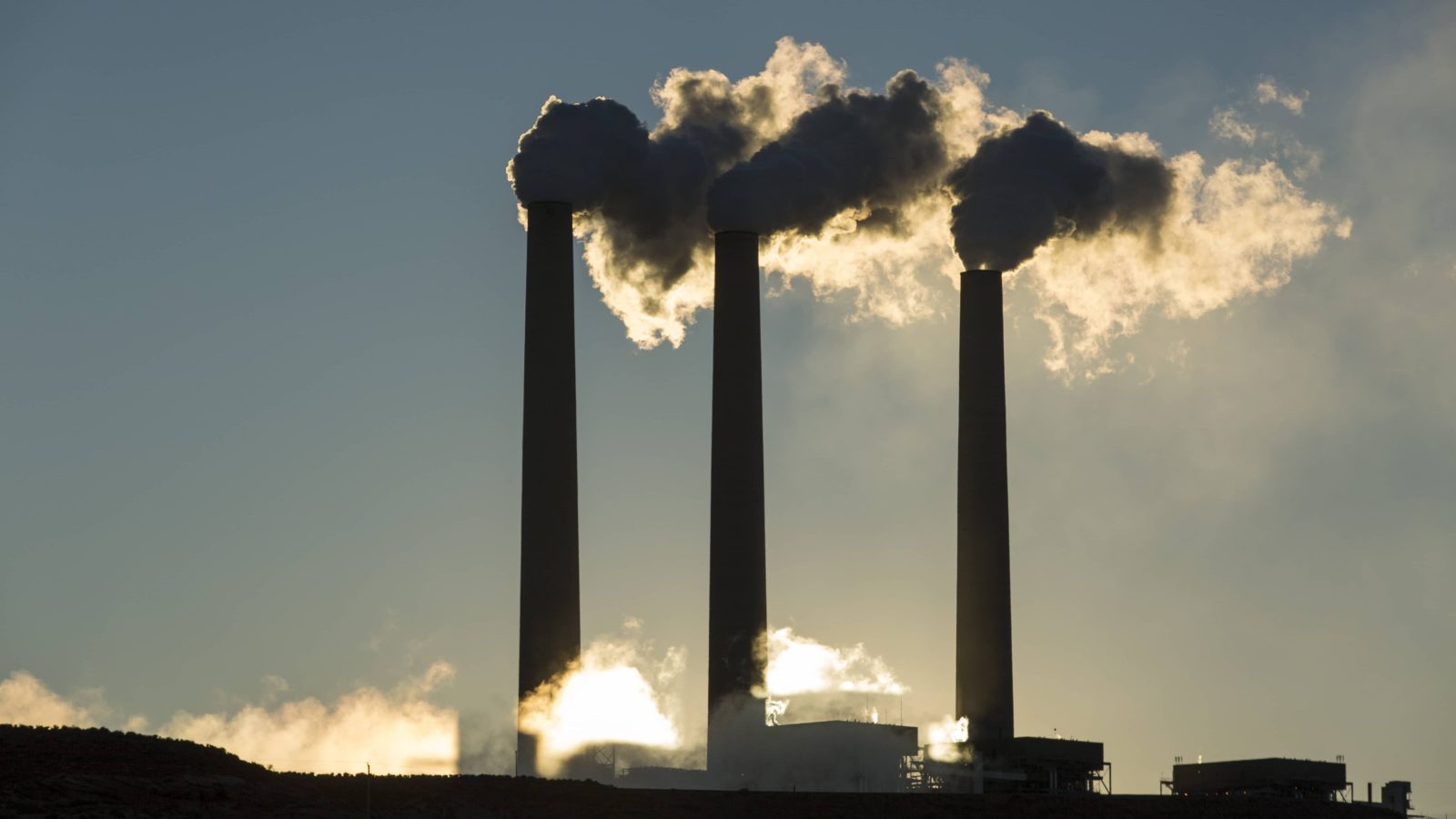On Monday, the Environmental Protection Agency reaffirmed its authority to regulate hazardous air pollutants from the power sector, a move that will save lives.
The fumes emitted by coal-fired power plant smokestacks contain a number of unhealthy pollutants, including the toxic heavy metal mercury, that are linked to adverse neurodevelopmental effects in babies, respiratory and cardiovascular diseases in adults, and premature death. Those negative health impacts tend to affect people living in the immediate vicinity of power plants — primarily low-income communities of color.
Under former President Barack Obama, the Environmental Protection Agency, or EPA, finalized the Mercury and Air Toxics Standards, a rule that required coal-fired power plant operators to use scrubbers to clean the smoke coming out of their smokestacks. The price tag for the scrubber technology was steep: The administration found that adhering to the rule would cost industry $9.6 billion per year.
But the Obama administration found that the public health benefits of limiting mercury pollution and fine particulate matter — tiny airborne particles produced by burning coal (and other fuels) that can penetrate deep into the lungs — far outweighed the costs. They found the rule would prevent up to 11,000 premature deaths, 4,700 heart attacks, and 130,000 asthma attacks annually, yielding a $3 to $9 return in public health benefits for every dollar spent to reduce pollution.
When Donald Trump took office in 2017, he directed the EPA to reevaluate much of Obama’s legacy. In 2018, the agency determined that the cost of the Mercury and Air Toxics Standards outweighed the benefits. The Obama administration, it said, shouldn’t have taken the co-benefits of limiting air pollution — the lives saved by reducing particulate matter, for example — into account in its cost-benefit analysis. In 2020, the EPA finalized the process of rolling back Obama’s rule.
This week, Biden’s EPA reversed course, proposing a legal finding that states that regulating harmful air pollutants from the power sector is “appropriate and necessary” under the Clean Air Act. In other words, it’s kosher for the EPA to take the co-benefits of minimizing air pollution into account when making rules. The move will reinstate the Obama-era air pollution standard and set the stage for even stricter standards.
Although the intention of the reinstated rule is to protect the public from breathing in dangerous chemicals, it could have the side effect of reducing greenhouse gas emissions by making it uneconomical for coal-fired power plants to stay operational. Biden came into office with plans to eliminate greenhouse gas emissions from the nation’s power sector entirely. But that vision is under threat right now. The conservative-dominated Supreme Court will hear a case soon that could undermine the EPA’s authority to regulate carbon emissions under the Clean Air Act, which means Biden might have to resort to other means, such as issuing stricter air pollution rules, to rein in greenhouse gas emissions from coal-fired plants.




